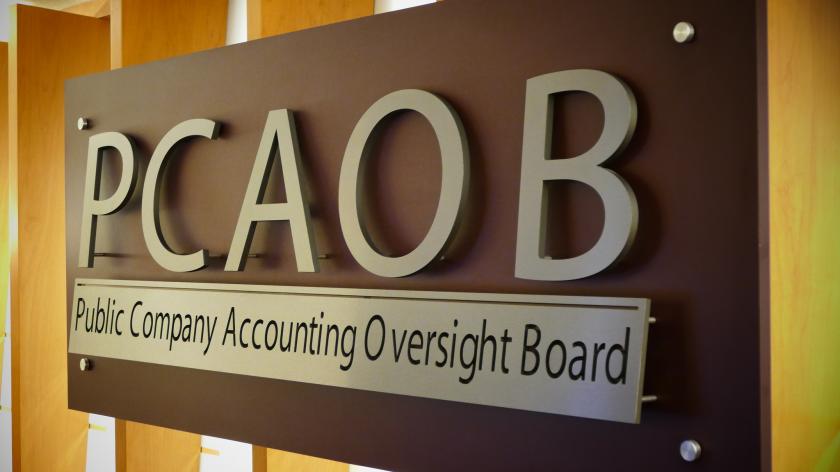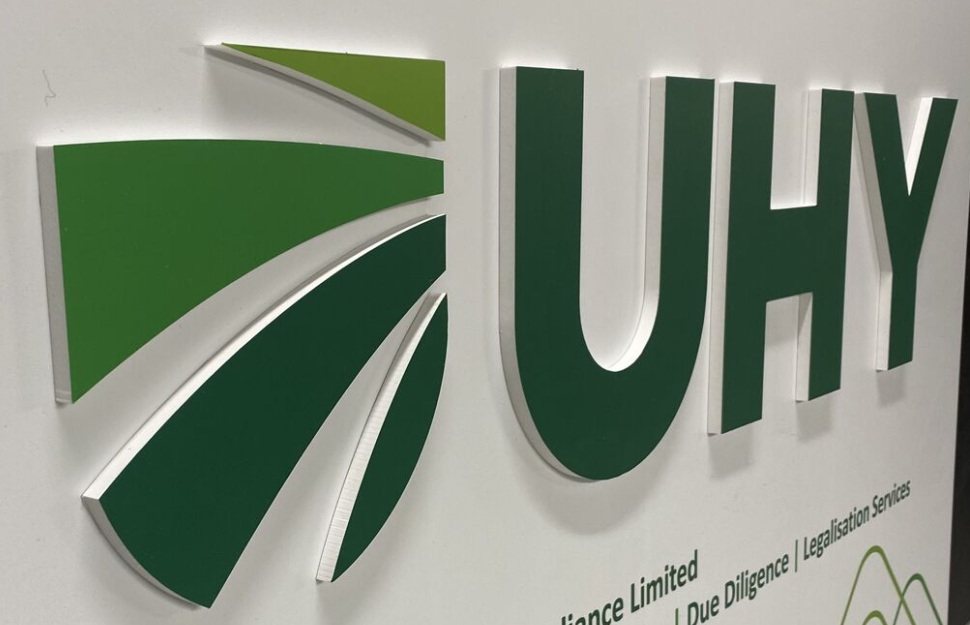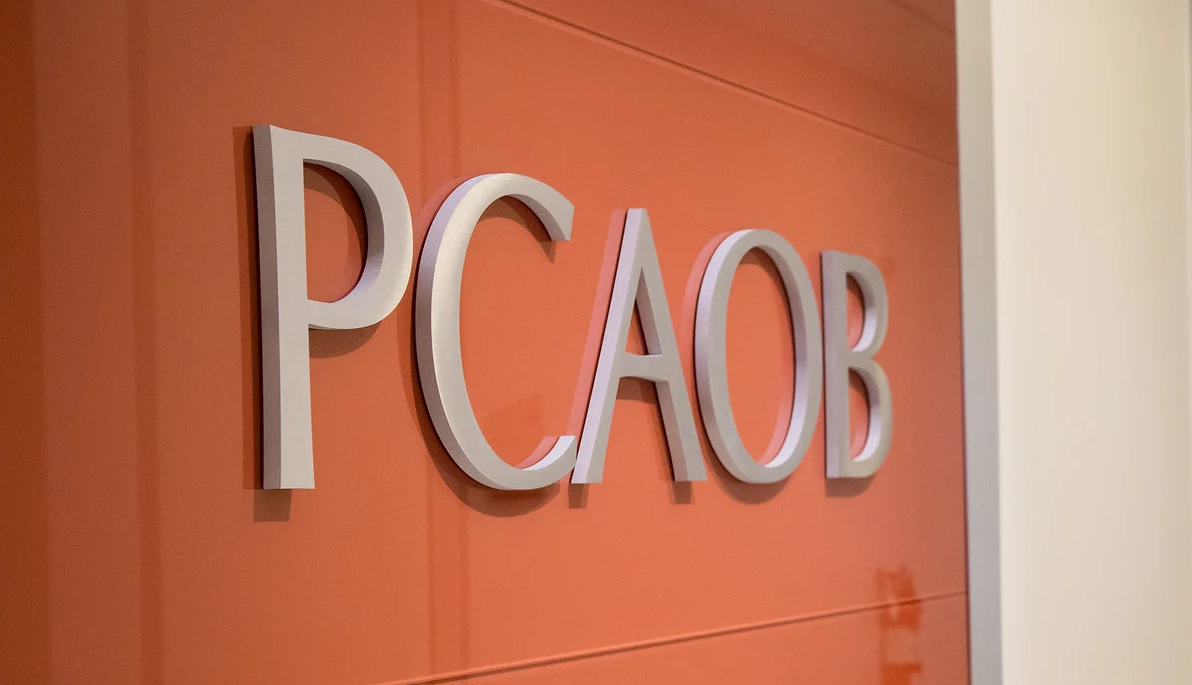By Patrick Morrell.
There’s a common month-end invoicing and billing fire drill that you probably know all too well: Outdated work-in-progress reports are distributed to partners and billers, who attempt to create proper invoices, while administrators help them play phone tag with clients. Meanwhile, firm leaders are in the dark as to who has been billed and when the firm might get paid.
Many accounting firms are still managing their financial back office with disconnected payment systems and outdated practice management software. This forces them to rely heavily on manual, administrative efforts to wrangle billing, collections, and payment processing. The broken cycle leads to lost revenues, slow cash flows, and exasperated partners – and as bad as that sounds, it’s far from the end of the story.
Firms tend to overlook a major unintended consequence of poor billing practices: the impact on their client relationships. Like it or not, monthly billing is probably the most regular touchpoint you have with your larger clients, meaning the billing experience goes a long way toward shaping the overall client relationship.
In other words, a bad billing experience is a bad client experience. That also means it’s a real threat to your firm’s overall financial well-being.
Clients want a better billing experience. With AI-powered billing, you have the ability to make that billing experience delightful rather than dreadful – yes, delightful. In the process, you’ll measurably improve your firm’s financial health.
How We Got Here
The billing process at most accounting firms hasn’t changed much in 50 years. Busy partners build up WIP until the end of the month, then spend three days analyzing write-offs and creating bills, typically under pressure from firm leaders to get the bills out the door. Administrators send out the bills, and clients receive them long after they’ve gotten the services the bills cover. Usually they set them aside and eventually (hopefully) mail a check months later. Then the whole cycle repeats the next month.
While there have been a few tweaks over the years thanks to the introduction of things like ACH payments, chances are your firm’s billing looks the same as it did many years ago, down to the same letterhead and font on your invoices. Billing evolution has stagnated because clients simply got used to the way things were and firms saw no reason to change. This two-sided apathy created the real problem in today’s broken billing cycle: friction.
Friction is introduced at every step of the current work-to-cash cycle, starting with delayed invoice delivery, compounded by unhelpful invoices that fail to convey the value of the services provided, and capped with confusing, inconvenient, or even non-existent payment instructions. Compare this with the simple, seamless payment experiences your clients are used to having on most e-commerce websites today, and it should come as no surprise that clients dread paying bills and may actively avoid doing it.
Clients Today Expect a Better Experience
Clients have been wanting automation and digital experiences for years, and the COVID-19 pandemic only served to accelerate the virtualization of nearly every aspect of doing business. That means that if your billing processes are outdated and manual, they now stand out more than ever.
According to global research and advisory firm Gartner (as reported in Accounting Today), “89 percent of businesses today expect to compete mostly on client experience, versus only 36 percent four years ago.” What does this mean for your billing practices? If you want to remain competitive, you need to prioritize the client experience and evolve your antiquated processes.
Failing to do so will have dire financial consequences for your firm. A Credit Research Foundation study found that 61% of late payments are due to internal missteps or to clients not knowing they had been billed in the first place.
Simply put, when you give your clients a friction-filled billing experience, you’re also giving them an excuse not to pay you on time. When you remove friction and add insight, however, you can give your clients the delightful billing experience they want.
A Better Invoice: Less Is More
When it comes to client experience, too often the focus is on what you’re giving your clients, when what can matter most is what isn’t there. In the context of invoicing, this goes back to removing friction – don’t make them reenter the same credit card information or ACH authorization every time, or manually input 16-digit invoice numbers for every payment, or struggle to even figure out what they owe and how to pay it in the first place.
Most firms greatly underestimate how useful of a tool invoices can be for differentiating their firm. The right invoice starts with helping your clients understand the value of the services you’re providing and exactly what they’re being charged for. It then makes it quick and easy for them to pay those invoices. A simple invoice can create a delightful client experience and form the foundation for a worthwhile business relationship that they want to continue.
The old way of billing wastes not just your time, but your clients’ time as well. As studies show, your clients are probably more averse to wasting their time than wasting their money. That means that invoicing is a golden opportunity to improve your clients’ happiness.
Improving ROI Through AI-Powered Billing
According to KPMG, clients today increasingly expect personalized experiences and are much quicker to take their business elsewhere if their current service providers aren’t giving them the experience they want and need. With nearly 90% of businesses planning to compete primarily on client experience, investing in ways to improve your client experience will have a direct positive effect on your bottom line.
Accounting firms rely largely on referrals to grow. Therefore, everything you can do to make your clients happier and sing your praises, including a better invoicing experience, will translate to firm growth and firm revenue.
You probably already use AI in many aspects of running your firm, and the work-to-cash cycle should be no different. The best AI solutions for evolving out of the broken billing cycle incorporate “mutual learning,” which is based on the principle of “AI recommends, humans decide, and the two grow smarter together over time.”
When mutual learning is applied to billing, firms can automate time-consuming processes like invoice prep, collections, and payments, giving accountants time back to focus on high-value client work. AI-powered mutual learning unlocks an easier, faster, smarter work-to-cash cycle for firms by getting invoices out the door to clients faster, streamlining the online payments experience to accelerate cash flow, and reducing nonproductive partner hours spent on billing and collections.
The value of AI in billing is measurable. A joint study by AMEX-PYMNTs found that introducing AI tools in the work-to-cash cycle created superior client experiences for 75% organizations, and that adding AI helped improve cash flow, grow revenues, and enhance operations.
Moreover, digitally transforming your invoice delivery and payments process will create a far superior experience for your clients. You can differentiate your firm with a better work-to-cash cycle that helps your clients understand your value and allows them to pay quickly and easily. The frictionless and personalized experience will make them feel special, and you’ll achieve that elusive delight you’re aiming for.
More information on this topic is available in the new white paper – Creating a Better Client Experience Through a Better (AI-Powered) Work-to-Cash Cycle.
========
Patrick Morrell is co-founder and chief revenue officer at Anduin, a technology company helping accounting firms streamline their billing and collections processes with artificial intelligence.
Thanks for reading CPA Practice Advisor!
Subscribe Already registered? Log In
Need more information? Read the FAQs
Tags: Accounting, Advisory, Artificial Intelligence, CAS, Technology




